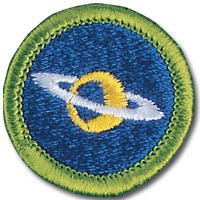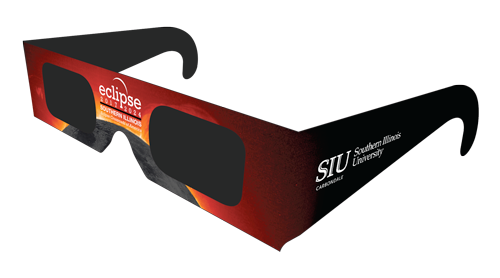Great American Eclipse






Astronomy Merit Badge Supplementals
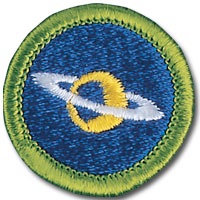
(updated Sun. Feb. 5, 2017; created Tue., Aug. 22, 2017)
This is an extension of
the Astronomy Merit Badge page.

The purpose of this page is to share more information about the solar eclipse of August 21, 2017, which has been dubbed “The Great American Eclipse” because the moon’s shadow only crossed over our great nation - the first such occurrence since 1778!
This page seeks to share eclipse basics, interesting facts about eclipses, and to also share links some great materials, primarily those of GreatAmericanEclipse.com. The information comes primarily from Bob Berman, Wikipedia, and GreatAmericanEclipse.com.
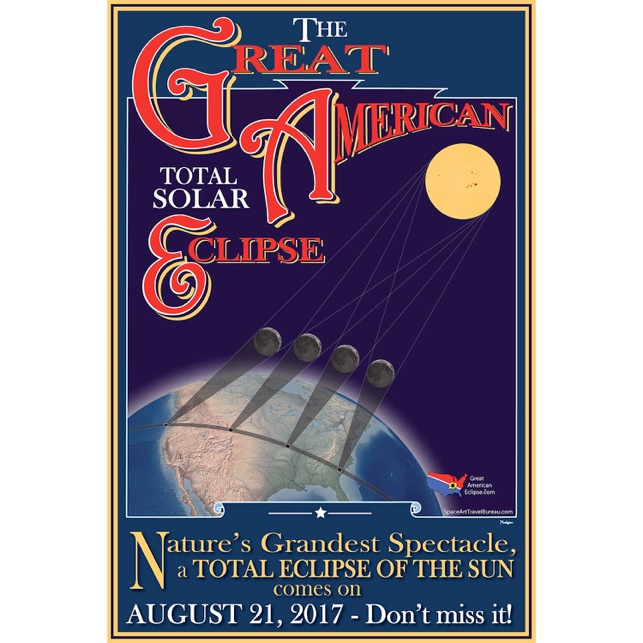
image source:
https://www.greatamericaneclipse.com/store/see-the-great-american-eclipse-poster
Credit: 'Michael Zeiler, www.GreatAmericanEclipse.com'


Saros
Learn more at: https://en.wikipedia.org/wiki/Saros_(astronomy)
Exeligmos
Learn more at: https://en.wikipedia.org/wiki/Exeligmos
And for fun, learn about
Syzygy
noun syz·y·gy \ˈsi-zə-jē\
“Definition of SYZYGY-
: the nearly straight-line configuration of three celestial bodies (as the sun, moon, and earth during a solar or lunar eclipse) in a gravitational system “
source: https://www.merriam-webster.com/dictionary/syzygy

The last solar eclipse to visit the continental United States was in 1979:
https://en.wikipedia.org/wiki/Solar_eclipse_of_February_26,_1979
This eclipse is part of Saros 120, member 59:
https://en.wikipedia.org/wiki/Solar_Saros_120
It will next return in 2033:
https://en.wikipedia.org/wiki/Solar_eclipse_of_March_30,_2033
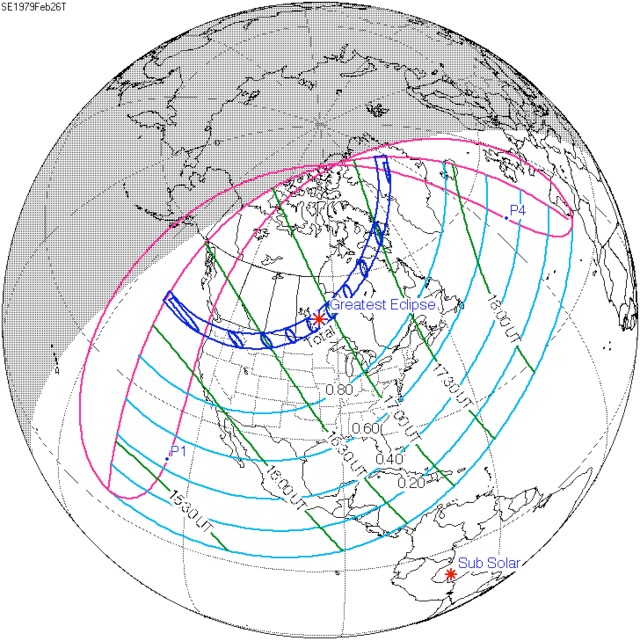
Image source:
It would be a long time before the next solar eclipse would visit the United States:
“Many visitors traveled to the Pacific Northwest to view the eclipse,[1] since it would be the last chance to view a total solar eclipse in the United States for almost four decades. The next over the United States will be the total solar eclipse of August 21, 2017.”
I was in second grade, and sadly don’t remember much beyond being bundled in a coat and having my own pinhole camera/box that my Dad and I made.
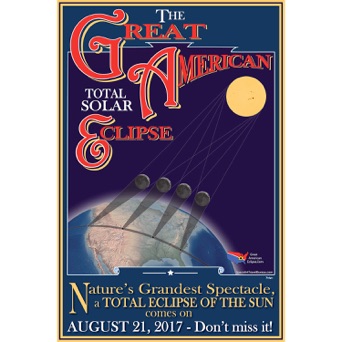
image source:
https://www.greatamericaneclipse.com/store/see-the-great-american-eclipse-poster
Credit: 'Michael Zeiler, www.GreatAmericanEclipse.com'
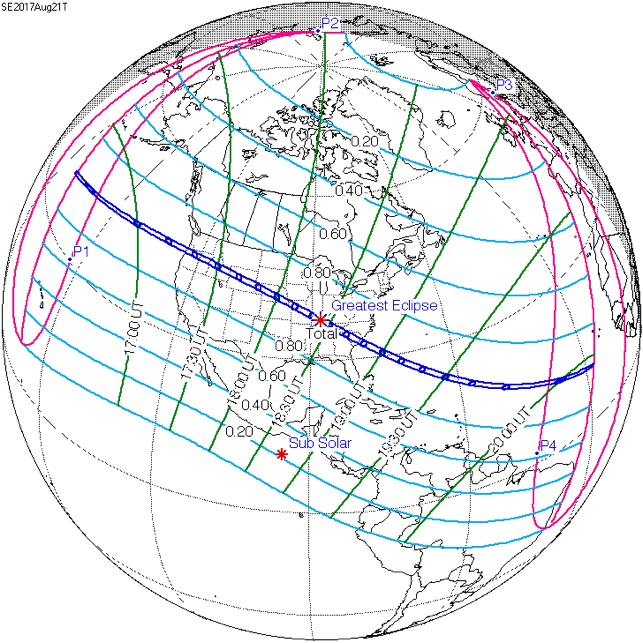
Image source:
Re-sharing the link to the 2017 solar eclipse:
https://en.wikipedia.org/wiki/Solar_eclipse_of_August_21,_2017
The Great American Eclipse of 2017 is part of Saros 145, member 22:
https://en.wikipedia.org/wiki/Solar_Saros_145
Saros 145 will return to the western hemisphere in 2071, and its path will be very similar to 2017, just further south, passing over northern Mexich and into northern South America:
https://en.wikipedia.org/wiki/Solar_eclipse_of_September_23,_2071
“This eclipse will be the first total solar eclipse visible from the United States since the solar eclipse of July 11, 1991[3] (which was seen only from part of Hawaii),[4] and the first visible from the contiguous United States since 1979.[5]”
“The August 2017 eclipse will be the first with a path of totality crossing the USA's Pacific coast and Atlantic coast since 1918. Also, its path of totality makes landfall exclusively within the United States, making it the first such eclipse since the country's independence in 1776. (The path of totality of the eclipse of June 13, 1257, was the last to make landfall exclusively on lands currently part of the USA.[9])
The path of this eclipse crosses the path of the upcoming total solar eclipse of April 8, 2024, with the intersection of the two paths being in southern Illinois in Makanda Township at Cedar Lake just south of Carbondale. A small land area, including the cities of Makanda, Carbondale, Cape Girardeau, Missouri, and Paducah, Kentucky, will thus experience two total solar eclipses within a span of fewer than seven years.”
Note:
The solar eclipse of July 22, 1991 did visit the 50th state - Hawaii:
https://en.wikipedia.org/wiki/Solar_eclipse_of_July_11,_1991
This eclipse is part of Saros 136, member 36:
https://en.wikipedia.org/wiki/Solar_Saros_136

How should you prepare for the eclipse?
What to expect when the brief totality arrives?
How to watch the eclipse?
Mr. Berman provides more good guidance on this topic:
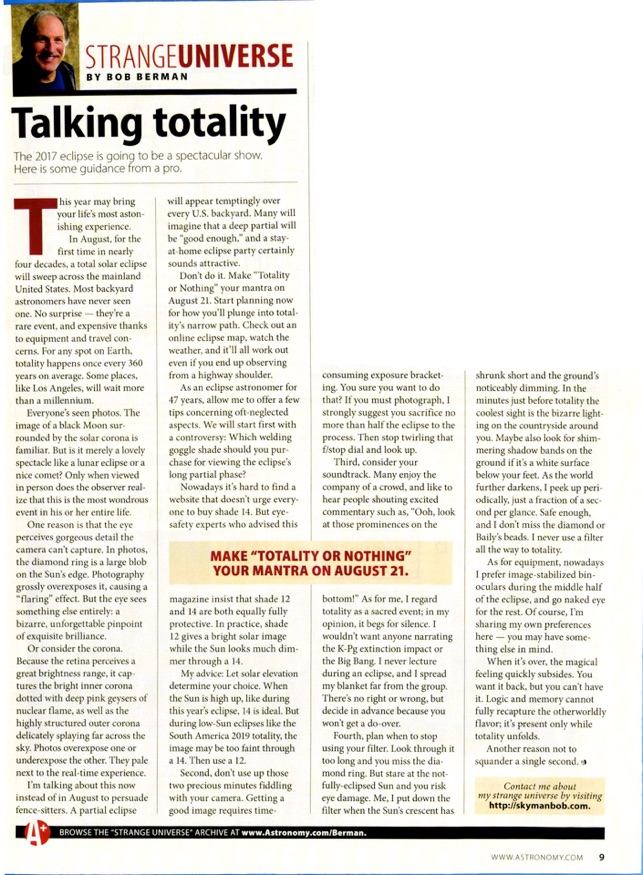
Source:
Bob Berman’s “Strange Universe” monthly column in Astronomy Magazine, in their January, 2017 issue.
press Ctl and + to zoom in.
For eye safety.... you are safe during totality itself, but neither before nor after...
Eclipse Viewing Safety – Eclipse Glasses
From NASA, “Eclipse 101: Safety” web page, http://eclipse2017.nasa.gov/safety:
“Looking directly at the sun is unsafe except during the brief total phase of a solar eclipse (“totality”), when the moon entirely blocks the sun’s bright face, which will happen only within the narrow path of totality.”
“The only safe way to look directly at the uneclipsed or partially eclipsed sun is through special-purpose solar filters, such as “eclipse glasses” (example shown at left) or handheld solar viewers. Homemade filters or ordinary sunglasses, even very dark ones, are not safe for looking at the sun.”
For more information, see “Eclipse 101: Safety” or view items for purchase to view the 2017 Eclipse safely.
source:
http://eclipse.siu.edu/about/eclipse-viewing-safety/
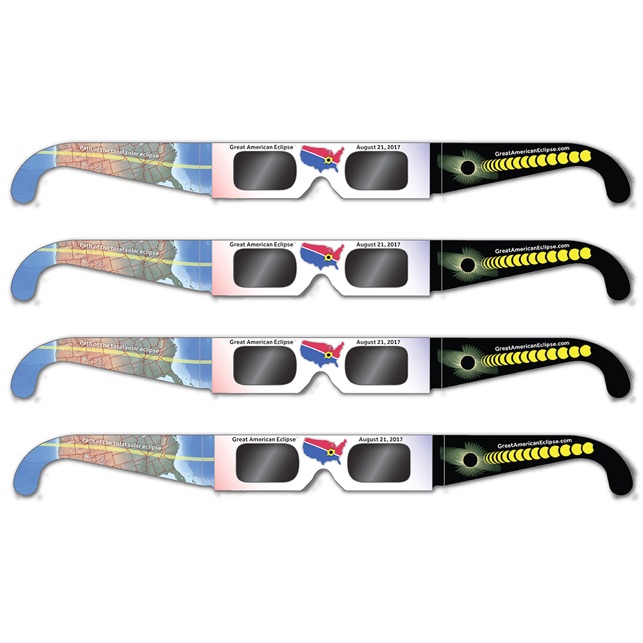
You can also order welder’s glass from many welding supply companies.
Here in St. Louis, Ozarc Gas & Supply sold us several sheets of #14 for the 2012 transit of Venus across the face of the sun. They were quite helpful!
http://www.ozarc.com/Contact%20Us.aspx

How to prepare to photograph, or video-record the eclipse?
George Lepp, in the Tech Tips of the September, 2016 issue of Outdoor Photographer, provides good recommendations.
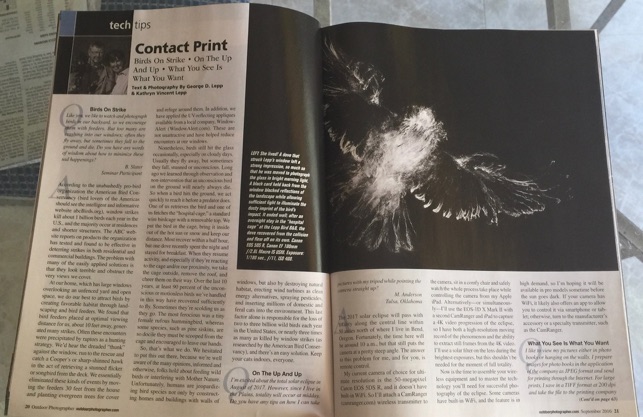
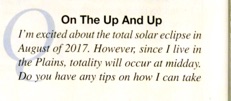
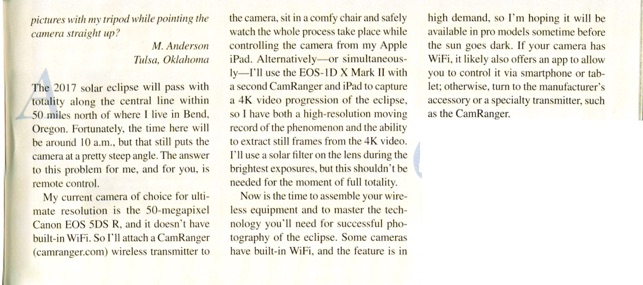
press Ctl and + to zoom in.

The Eclipse, in Missouri.
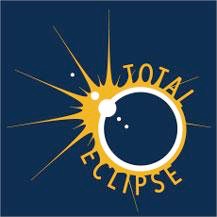
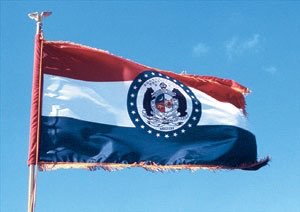
image sources:
https://mostateparks.com/2017Eclipse
&
http://www.sos.mo.gov/symbol/flag
One site focused on the eclipse in and around St. Louis is StLouisEclipse2017.org.
2. “Everyone in the continental U.S. will see at least a partial eclipse. This eclipse will be the most-viewed LIVE ever! More than 500 million people in the US, Canada and Mexico will have opportunity to see a partial eclipse. The path where the Sun is totally eclipsed runs through Oregon, Idaho, Wyoming, Kansas, Missouri, Illinois, Kentucky, and North and South Carolina. More than 10 million people are in the path of totality and 28 million people live within 60 miles of the path.
3. “The path will cut across Missouri from St. Joseph in the west to Ste. Genevieve in the east. 57 of Missouri’s 105 largest cities lie in the path of totality. More than 3 million Missourians live in this path! 24 of Missouri’s 53 largest Colleges and Universities are in the path with a student population of more than 130,000 students. “
source:
http://stlouiseclipse2017.org/index.php/the-facts

The awesome MissouriLife magazine will have continual coverage before and after the eclipse, and can be followed via:
http://www.missourilife.com/life/missouri-solar-eclipse/
They have also posted a link to the University of Missouri - Columbia’s Physics Department’s Eclipse Countdown clock:
Checkout a real-time countdown clock to the eclipse right here.
And, in the April, 2017 MissouriLife, you will find, on p. 29, these:
-
-“Total Solar Eclipse Path Across Missouri”
-
-“[Missouri City] Eclipse Time Chart”
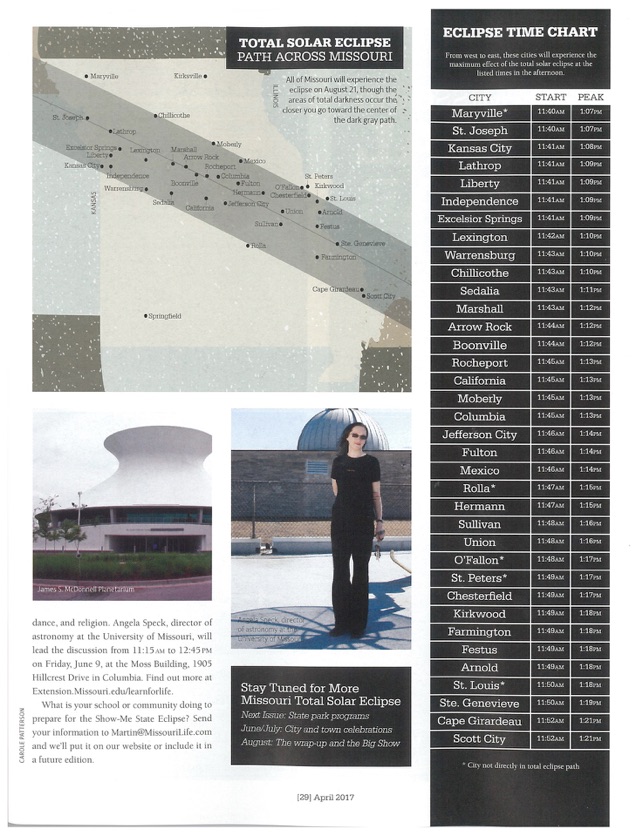
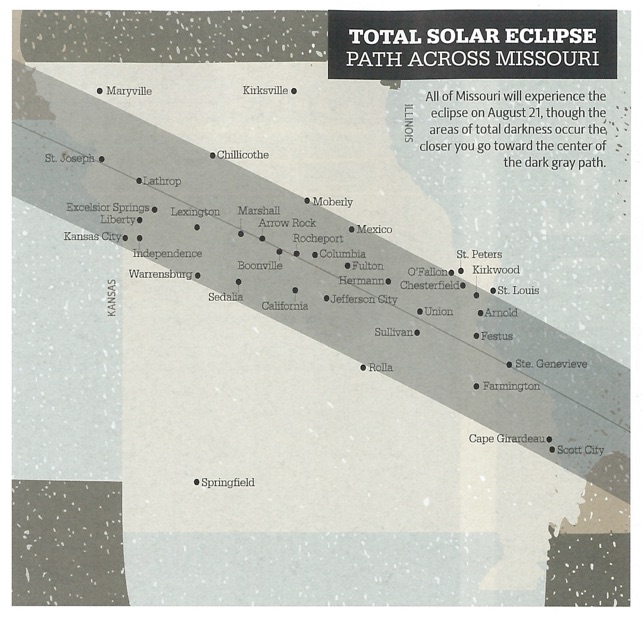


With the eclipse providing the longest totality over Carbondale, and with Carbondale having the most likely good weather along the path of totality, NASA has long ago planned to make their live broadcast from campus. With this, and the 2024 eclipse, both intersecting over Carbondale, Southern Illinois University Carbondale, has set up their own side dedicated to the eclipse - http://eclipse.siu.edu.
While clearly, and properly, a bit more “Illinois-focused,” this site is definitely one to visit and learn from!
- http://eclipse.siu.edu/educators/classroom-activities/
- http://eclipse.siu.edu/educators/historic-primary-source-resources/
- http://eclipse.siu.edu/about/eclipse-news/
Some other sites focusing on the eclipse in Missouri include:
- http://www.perryvillemo.com/solareclipse2017
- http://missouri.edu/eclipse/
-https://www.visitmo.com/missouri-travel/watch-the-2017-eclipse-in-missouri.aspx
- https://mostateparks.com/2017Eclipse
- https://www.greatamericaneclipse.com/store/missouri-state-map
- http://www.missourisolareclipse.com
- http://goseetheeclipse.com/missouri/
- http://www.eclipse2017.org/2017/states/MO.htm

Links to some great materials, primarily those of GreatAmericanEclipse.com.
I learned about GreatAmericanEclipse through Astronomy magazine.
“GreatAmericanEclipse.com is published by Michael Zeiler and Polly White to educate the public on how to witness nature's greatest spectacle, a total eclipse of the Sun.”
Source:
https://www.greatamericaneclipse.com/about/
Their site provides an amazing wealth of knowledge, including:
-
-Eclipse information - https://www.greatamericaneclipse.com/basics/
-
-Maps of each state, showing the path of totality - https://www.greatamericaneclipse.com/missouri/
Missouri Eclipse Maps
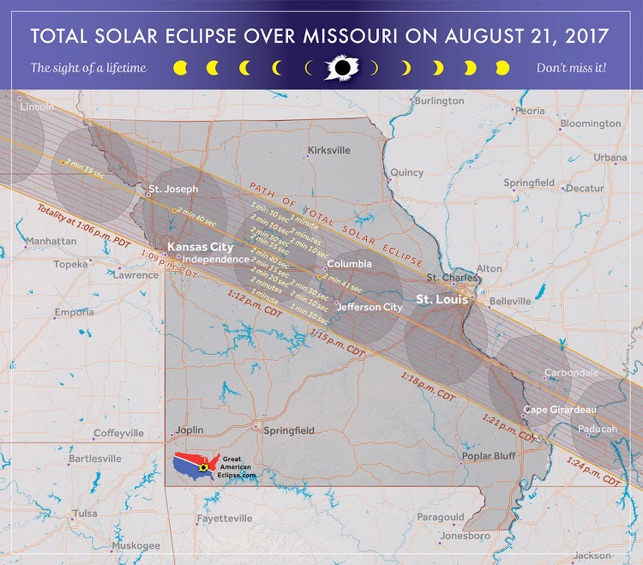
image source:
https://www.greatamericaneclipse.com/missouri/
Credit: 'Michael Zeiler, www.GreatAmericanEclipse.com'
-
-Books and maps and viewing glasses to purchase - https://www.greatamericaneclipse.com/store/
I personally recommend:
-
-Road Atlas for the Total Solar Eclipse of 2017
https://www.greatamericaneclipse.com/store/road-atlas-for-the-total-solar-eclipse-of-2017
&
-
-2017 Eclipse Bulletin
https://www.greatamericaneclipse.com/store/2017-eclipse-bulletin
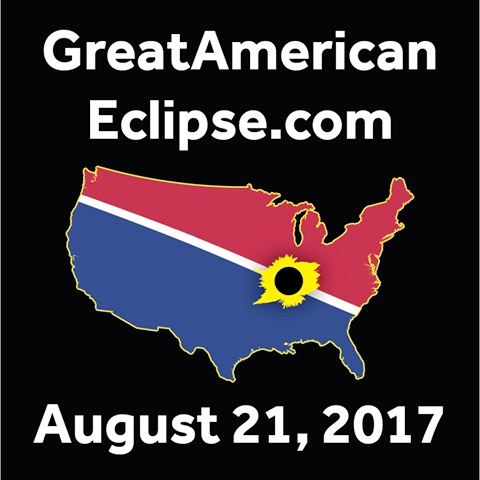
Credit: 'Michael Zeiler, www.GreatAmericanEclipse.com' - their Facebook page
-
-links to their Facebook page, where they are posting something new every day
https://www.facebook.com/greatamericaneclipse/
-
-links to their Instagrams
https://www.instagram.com/greatamericaneclipse/
-
-and links to absolutely amazing videos
https://vimeo.com/user10519144
Fly over the Great American Eclipse
from Michael ZeilerPLUS 1 month ago more
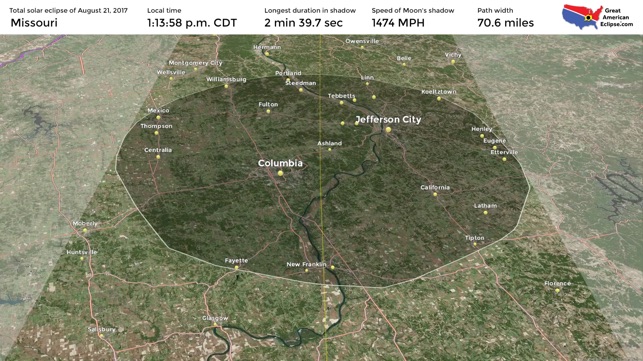
link:
Watch the stats change at the top…
1,505 mph at St. Joseph…
1,478 mph over Columbia/Boonville...
1,462 over STL / St. Louis
(2,500 mph @ Oregon coast to 1,400 @ South Carolina Coast)
Total Solar Eclipse of August 21, 2017
from Michael ZeilerPLUS 3 years ago more
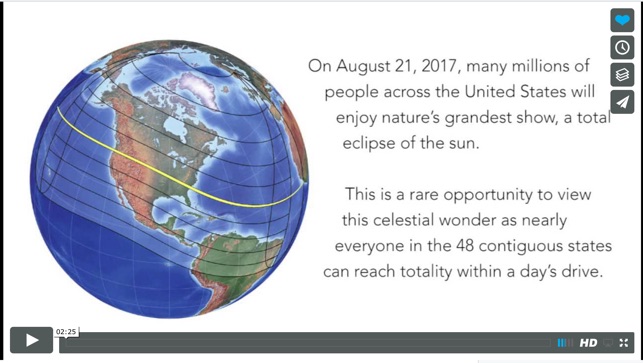
link:
Thank you, all who made GreatAmericanEclipse.com possible, for helping us better understand and appreciate eclipses!
“How to Make a Pinhole Projector to View the Solar Eclipse”
https://eclipse2017.nasa.gov/how-make-pinhole-projector-view-solar-eclipse
“NASA’s Best Photos of the Total Solar Eclipse of 2017”
https://www.space.com/37874-best-solar-eclipse-2017-photos-by-nasa.html
This includes this image of the moon’s shadow, over the central US as the ISS passed over southern Canada:
https://www.space.com/37874-best-solar-eclipse-2017-photos-by-nasa.html




These are all of the links to the Astronomy Merit Badge pages:
Astronomy Merit Badge - Extra “Fun Facts”
Astronomy - Great American Eclipse
Astronomy - Great American Eclipse 2017

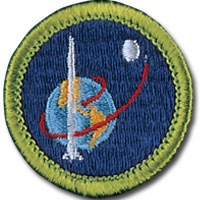
These are all of the links to the Space Exploration Merit Badge pages:
New Horizons - Mission Overview
New Horizons - Pluto Resources


The images from Mr. Berman’s “Secrets of the Night Sky...” and Outdoor Photographer were scanned directly from the book using the Halo Scanner Mouse - http://shop.halo2cloud.com/collections/computer-and-backup/products/scanner-mouse, which I received as a Christmas present from my mother in 2013.



Regardless your desire to pursue an astronomical career, it is hoped that you learned enough about astronomy through this merit badge to at least be interested to continuously look up at the sky in awe and wonder. If you pursue with enthusiastic interest, that’s great. If you do make a career in the field, GREAT.
May you be better off having completed your Astronomy Merit Badge than you were before you started.
